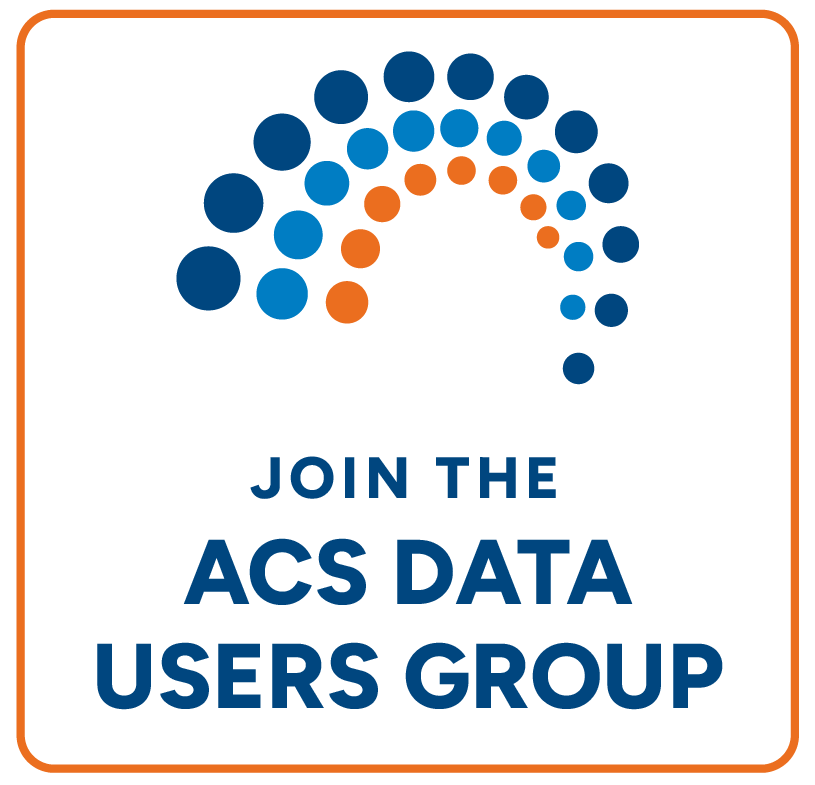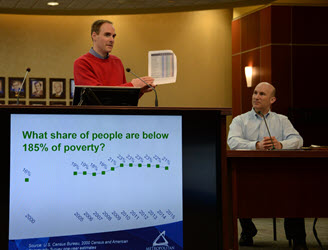
An official website of the United States government
Here’s how you know
Official websites use .gov
A .gov website belongs to an official government organization in the United States.
Secure .gov websites use HTTPS
A lock (
) or https:// means you’ve safely connected to the .gov website. Share sensitive information only on official, secure websites.
-
//
- Census.gov /
- About the ACS /
- ACS Data Stories–Stats in Action! /
- The Metropolitan Council Uses ACS Data for Infrastructure Investments
Twin Cities Metropolitan Council Uses ACS Data for Infrastructure Investments
Twin Cities Metropolitan Council Uses ACS Data for Infrastructure Investments
Todd Graham, Principal Demographer-Metropolitan Council of the Twin Cities
Data Story
The Twin Cities metro of Minneapolis-Saint Paul-Bloomington has an impressive social and economic profile, according to 2016 statistics from the American Community Survey.
When indicators of employment, poverty and home ownership are broken out by race and ethnicity though, significant disparities surface. In fact, the Twin Cities metro has some of the largest racial and ethnic disparities in the U.S. between white residents and residents of color in employment, poverty, and home ownership rates -- all important factors in the quality of life. Analysis of population conditions, through the Missing Opportunities report and other research, serves to publicize the disparities and provide a starting point for discussion.
"The Twin Cities region is falling behind," said Libby Starling, Deputy Director of Community Development. "These longstanding disparities in socioeconomic outcomes by race and ethnicity are costing our region. We are losing out on continued economic growth and prosperity with too many of our residents of color economically struggling."
In response to these missing opportunities, the Metropolitan Council, the regional policy-making body, planning agency, and provider of essential services for the Twin Cities region, is targeting infrastructure investments and service improvements in areas that have been neglected historically and have experienced under-investment. Through our regional plan, increased attention is given to outcomes in areas of concentrated poverty. These areas, identified using neighborhood-level ACS 5-year data, are the census tracts where at least 40% of residents have incomes below 185% of the federal poverty threshold.
Outcome
You can see the Metropolitan Council’s regional plan in action with our brownfield cleanup grants. Three recent grants are supporting environmental investigation, abatement, and soil remediation projects in Minneapolis neighborhoods with concentrated poverty. These three sites will be redeveloped with low-rise apartment buildings and ground-floor retail, a mixed-use development approach that helps connect people in the community to jobs, transit, services, and other destinations. The Metropolitan Council does not fund the cleanups alone, but these grants, each in the $100,000 to $200,000 range, fill the gap by complementing resources from the city, county, or state.
Without data from the ACS, we would not be able to identify the communities most in need, which is invaluable in helping us strategically use resources to reduce disparities and promote equitable opportunities in the Twin Cities.
Location
Minneapolis-St Paul-Bloomington metropolitan statistical area, MN
ACS Topics Used
Poverty status, household income, race, ethnicity, and home ownership
Share
Related Information
You May Be Interested In
 Yes
Yes
 No
NoComments or suggestions?


Top


